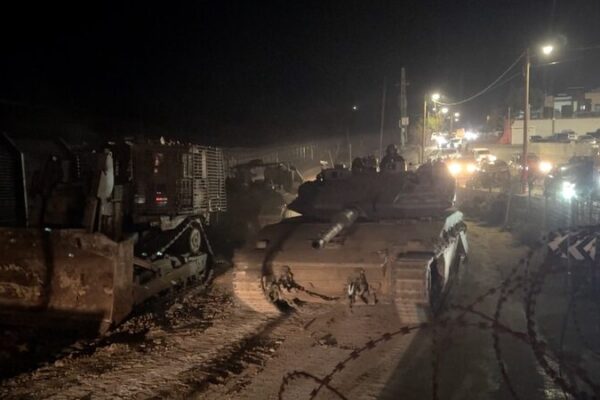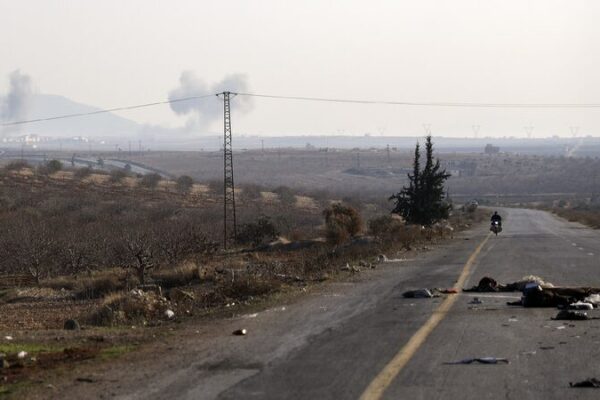The recent dramatic events in Syria have sent shockwaves throughout the Middle East. The long-standing rule of President Bashar al-Assad has come to an abrupt end, plunging the nation into a new phase of uncertainty and change.
A Nation in Transition
The Syrian government has collapsed, marking a pivotal moment in the country’s prolonged civil war. Unlike a typical battlefield defeat, the fall appears to be the result of a negotiated handover. Opposition forces, primarily the group known as Hayat Tahrir al-Sham (HTS), have rapidly advanced, seizing key cities like Aleppo, Hama, and Homs before reaching the capital, Damascus.
These swift gains were bolstered by widespread defections within Assad’s military ranks, highlighting the government’s dwindling control. Damascus, once a strong symbol of centralized power, now faces political and social fragmentation as opposition groups consolidate their influence across northern and western Syria.
Changing Faces of the Opposition
HTS, originally linked to extremist roots, is attempting to rebrand itself. The group is engaging diplomatically with various factions, including Kurdish groups and minority communities, to project an image of moderation. This strategic move aims to gain international legitimacy and secure a prominent role in Syria’s future.
Türkiye’s Strategic Balancing Act
Türkiye finds itself at a crucial crossroads. For years, Ankara has worked to secure its southern border, counter Kurdish autonomy movements, and manage the influx of refugees. The recent developments in Syria have intensified Türkiye’s involvement as a key player shaping the country’s future.
Türkiye-backed forces have helped stabilize areas abandoned by Assad’s regime. Ankara’s tacit approval of HTS movements through zones it controls reflects a pragmatic approach to the complex conflict. However, this strategy comes with risks, especially as HTS expands its territory and influence.
President Recep Tayyip Erdogan has called for a peaceful and inclusive resolution to the conflict. Yet, Türkiye must balance its geopolitical priorities, including its stance on Kurdish groups and regional aspirations. The presence of the Kurdish-led Syrian Democratic Forces (SDF), supported by the United States, adds another layer of complexity to Türkiye’s position.
The U.S. Dual Strategy
The United States has maintained a dual strategy in Syria: supporting the SDF in the east while indirectly benefiting from HTS advances against Assad. This approach aims to counter Iranian influence and prevent the resurgence of extremist groups.
The SDF’s control over key territories demonstrates the U.S. intent to disrupt Iranian and former government logistics. However, the coexistence of HTS and SDF forces presents a paradox. While they have different ideologies and goals, their simultaneous gains have reshaped Syria in ways that align with U.S. strategic interests.
Potential changes in U.S. policy could further complicate the situation. A reduced American presence might create a power vacuum, leading to increased competition among regional actors like Türkiye.
Regional Implications and Future Outlook
Syria’s fragmentation poses significant challenges for the Middle East. The division of territories among HTS, the SDF, and remnants of Assad loyalists reflects a broader trend of instability. This new reality could inspire similar movements in neighboring countries, escalating regional tensions.
For Türkiye, the outcome of the conflict directly impacts national security. Balancing its engagement with HTS while countering Kurdish ambitions is a delicate task. Additionally, managing refugee flows and ensuring border stability remain critical concerns.
For the United States, the post-Assad landscape offers both opportunities and challenges. Weakening Iran’s influence aligns with U.S. objectives, but maintaining leverage in a fractured Syria requires sustained support for local partners and vigilance against emerging threats.
A Pivotal Moment for Syria
Syria stands at a crossroads, and its next steps will shape the Middle East for years to come. The fall of Assad has intensified uncertainties about governance, territorial integrity, and regional stability. The international community, including key players like Türkiye and the United States, must collaborate to address these challenges, prioritize humanitarian aid, and support inclusive governance initiatives.
The resilience and determination of the Syrian people will be crucial in navigating this tumultuous period. Whether Syria can emerge as a unified nation or will continue to face fragmentation depends on the actions of both internal and external stakeholders.
Reference(s):
Shifting dynamics in Syria highlight a nation on the brink of change
cgtn.com








